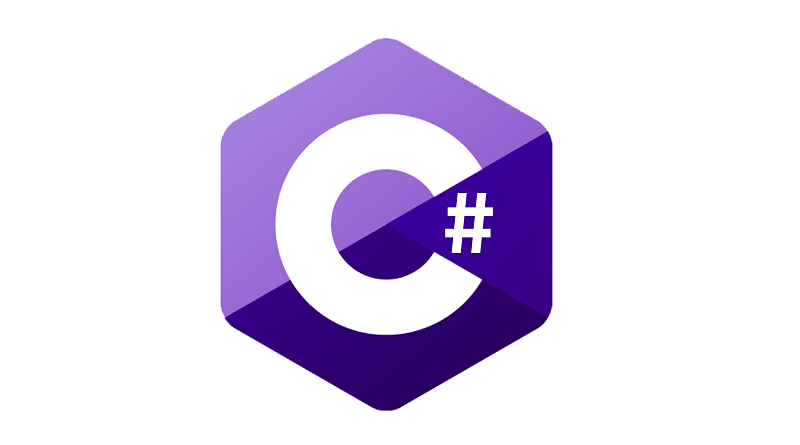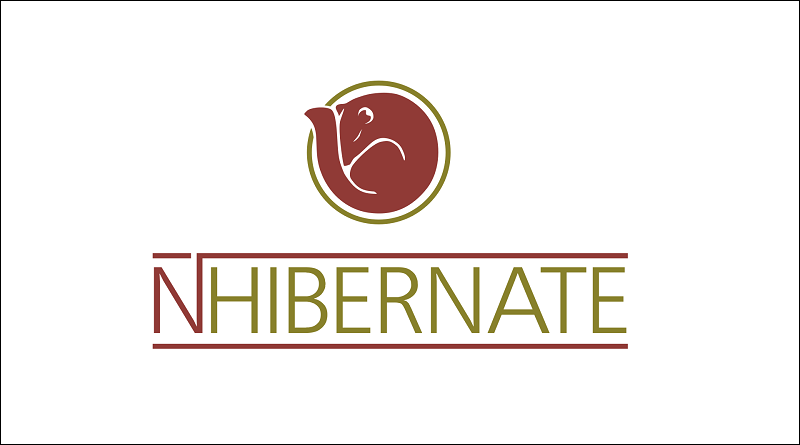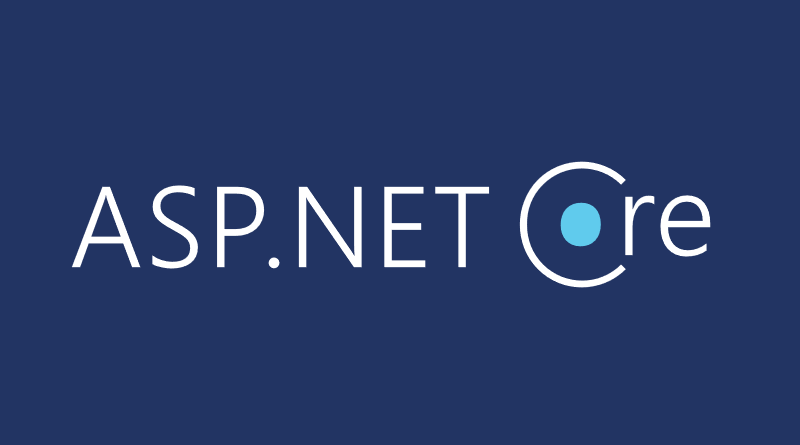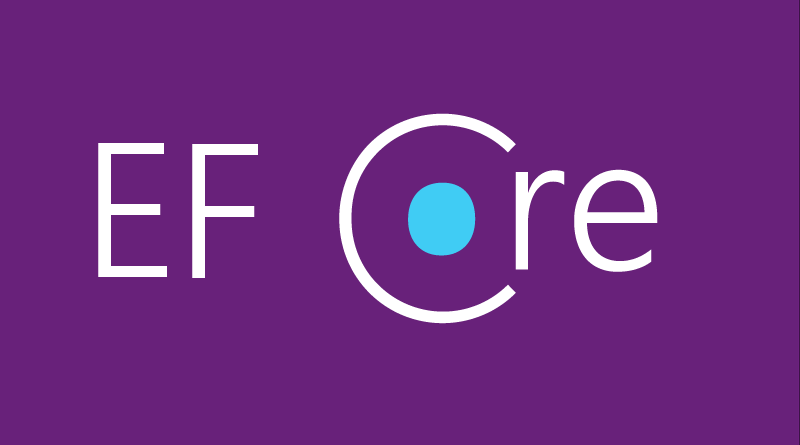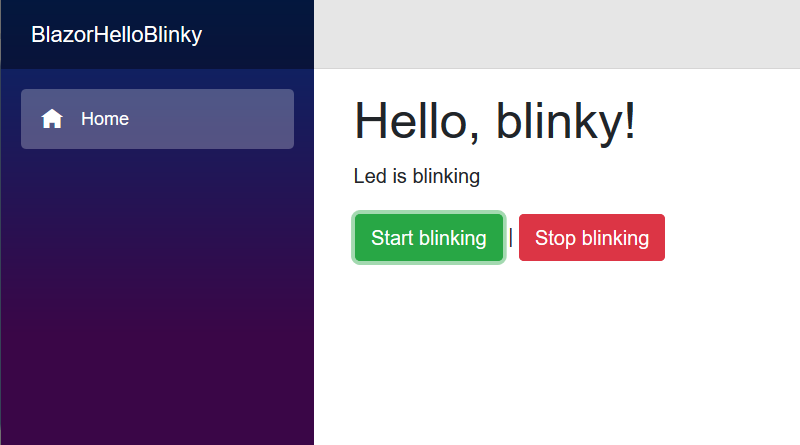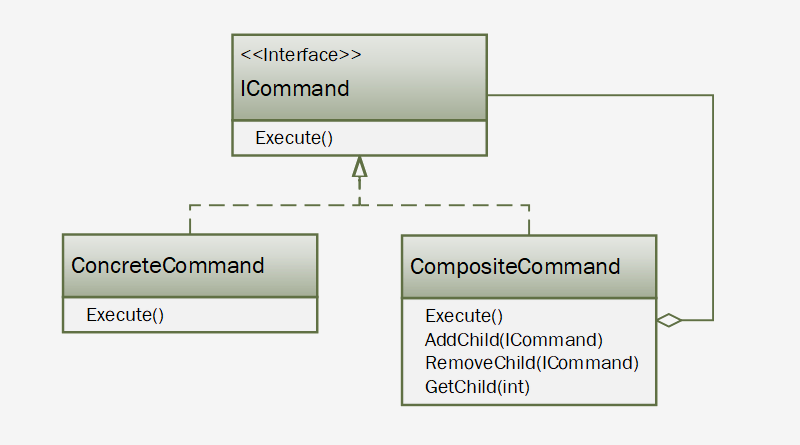Get notification to e-mail when I post something
First of all – thanks to all my blog readers to be here with me. Last year was the one where the most important metric of blogs – number of page views – made its yearly record and reached a million. What should I say? Thanks a million! As some of you have asked my for one feature my blog should have I’m glad to tell you it’s here – yes, you can get e-mail notifications about new posts published here.
Read more



